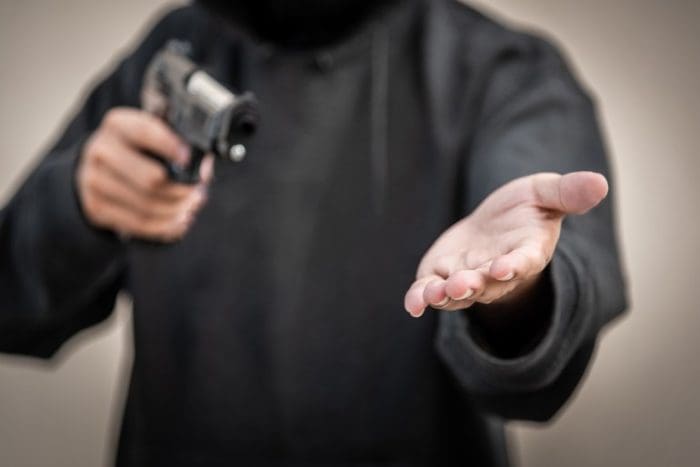The Journal of Urban Health brings us news of the obvious with their latest study on so-called “crime guns.” In short, criminals tend to get their guns illegally (surprise!). And that criminals use these ill-gotten guns shortly after getting them to – wait for it! – commit more crimes. Because criminals break the law and commit a lot of crimes. It’s what they do.
The study also suggested that better enforcement of existing laws “may have a quick and pervasive effect on gun use in crime.” You think?
In other news, the sun tends to rise in the East and water is often wet.
Here is the full abstract of the study.
Guns that are used in crime and recovered by the police typically have changed hands often since first retail sale and are quite old. While there is an extensive literature on “time to crime” for guns, defined as the elapsed time from first retail sale to known use in a crime, there is little information available on the duration of the “last link”—the elapsed time from the transaction that actually provided the offender with the gun in question. In this article, we use data from the new Chicago Inmate Survey (CIS) to estimate the duration of the last link. The median is just 2 months. Many of the gun-involved respondents to the CIS (42%) did not have any gun 6 months prior to their arrest for the current crime. The CIS respondents were almost all barred from purchasing a gun from a gun store because of their prior criminal record—as a result, their guns were obtained by illegal transactions with friends, relatives, and the underground market. We conclude that more effective enforcement of the laws governing gun transactions may have a quick and pervasive effect on gun use in crime.
From the Washington Free Beacon’s report . . .
The study said those interviewed were unable to obtain guns via legal purchases and got them from relatives or through underground contacts. Researchers found the median time between purchasing a firearm and using it in a crime was two months. Furthermore, 42 percent of respondents said they did not have a gun six months before their arrest.
“The CIS respondents were almost all barred from purchasing a gun from a gun store because of their prior criminal record—as a result, their guns were obtained by illegal transactions with friends, relatives, and the underground market,” the researchers wrote.
The discovery that criminals interviewed obtained firearms illegally through friends and family tracks with a previous study conducted by Pollack and Duke University professor Philip J. Cook. The researchers believe law enforcement should understand that criminals obtain guns in illegal transactions with people they know, often relatively soon before committing crimes. They also argue this knowledge would give law enforcement a better chance at preventing future gun crimes.
“If the task is finding every gun, that feels hopeless,” Pollack told the news site. “But if you focus on hindering or interfering with the transaction of guns, that doesn’t seem quite as hopeless.”
Researchers found the median time between purchasing a firearm and using it in a crime was two months. Furthermore, 42 percent of respondents said they did not have a gun six months before their arrest.
Once again, it turns out that criminals commit crimes. It’s what they do. Which is why enforcing existing laws rather than enacting new restrictions on gun ownership is the best way to further reduce violent crime in this country.
